Home>Interior Design>Arranging Living Room Furniture: 10 Rules To Follow
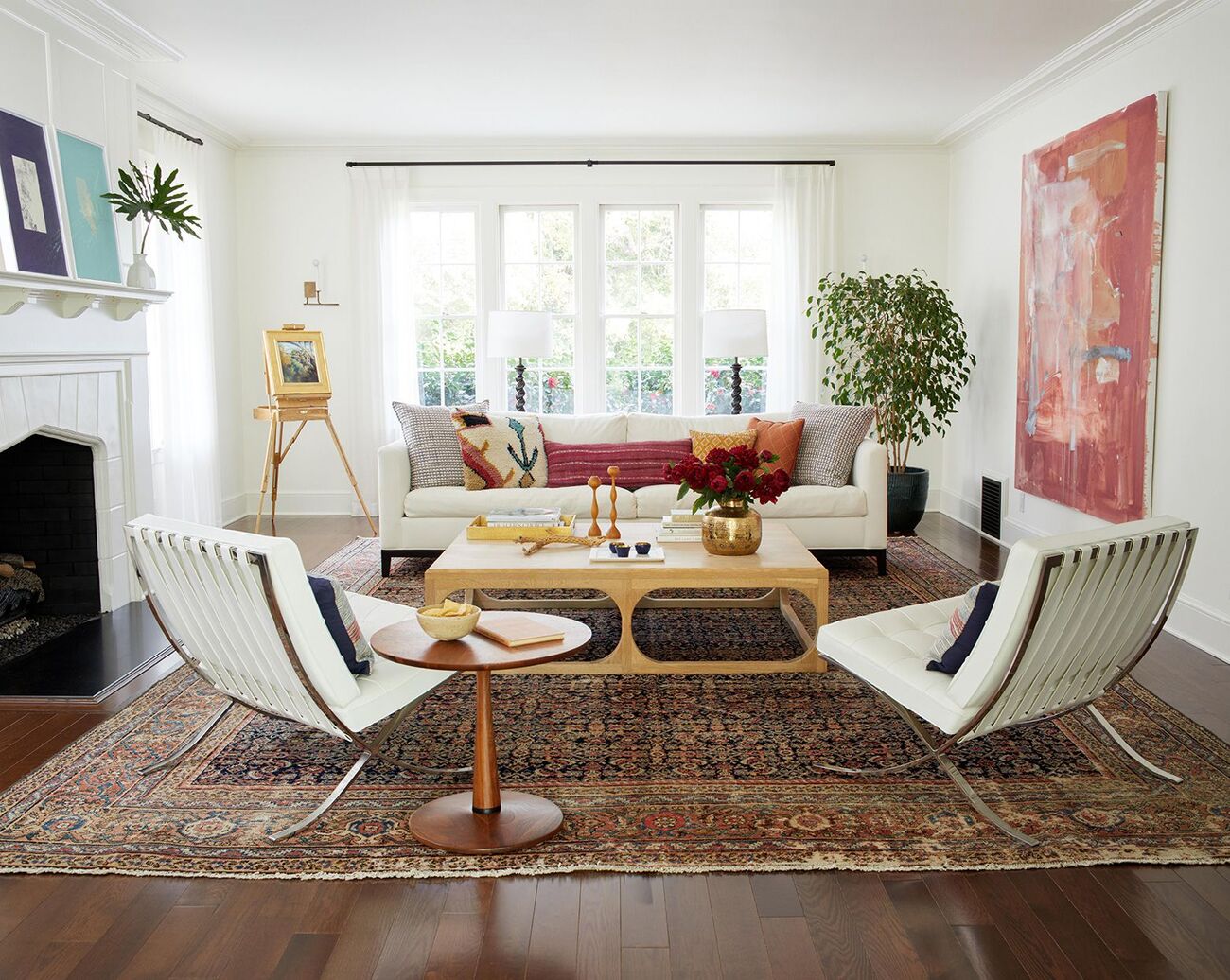

Interior Design
Arranging Living Room Furniture: 10 Rules To Follow
Modified: January 18, 2024
Learn the essential rules of arranging your living room furniture with these expert interior design tips. Create a stylish and functional space with our 10-step guide.
(Many of the links in this article redirect to a specific reviewed product. Your purchase of these products through affiliate links helps to generate commission for Storables.com, at no extra cost. Learn more)
Introduction
The living room is often considered the heart of the home – a space where family and friends gather, relax, and enjoy each other’s company. It’s no wonder that arranging the furniture in this room is crucial to creating a welcoming and functional space. Whether you’re moving into a new home or looking to redesign your existing living room, following some basic rules can help you achieve a well-balanced and aesthetically pleasing arrangement.
In this article, we will explore ten essential rules to follow when arranging your living room furniture. From determining the focal point to incorporating storage solutions, these guidelines will help you make the most of your space while creating a harmonious atmosphere.
Key Takeaways:
- Create a harmonious living room by determining the focal point, fostering conversation areas, and considering traffic flow. Balance furniture arrangement, choose the right-sized furniture, and personalize the space for a welcoming atmosphere.
- Define spaces with rugs, incorporate storage solutions, and add functional lighting to enhance the living room’s aesthetics and functionality. Infuse your personal style to create a unique and inviting space for relaxation and connection.
Read more: How To Arrange Furniture In Living Room
Rule 1: Determine the Focal Point
Every living room should have a focal point – a feature that grabs attention and serves as the main attraction in the space. This could be a fireplace, a large window with a beautiful view, or even a media center with a big-screen TV. Identifying the focal point is crucial as it helps you determine the layout and arrangement of your furniture.
To create a cohesive design, position your main seating area towards the focal point. This will ensure that everyone in the room can enjoy the view or focus on the central element. Arrange your sofa, chairs, and coffee table in a way that allows for easy visual access to the focal point.
If your living room doesn’t have a natural focal point, you can create one by placing a large piece of artwork or an eye-catching piece of furniture, such as a unique coffee table or an elaborate bookshelf. This will give the room a sense of purpose and visual interest.
Remember to keep the size and scale of the furniture proportionate to the focal point. For instance, if you have a grand fireplace, choose a sofa and chairs that can hold their own next to it. On the other hand, if you have a small window with a beautiful view, opt for furniture that allows the view to take center stage.
Overall, determining the focal point is the first step in arranging your living room furniture and sets the tone for the entire space. By strategically placing your seating around this key element, you can create a visually pleasing and functional layout that draws people into the room.
Rule 2: Create a Conversation Area
The living room is a place where people gather to socialize, engage in meaningful conversations, and connect with one another. To foster this sense of togetherness, it’s essential to create a dedicated conversation area within your living room furniture arrangement.
A conversation area typically consists of a grouping of sofas, chairs, and a coffee table arranged in a way that encourages face-to-face interaction. Start by positioning the seating pieces in close proximity to one another, forming a comfortable and intimate space. Avoid lining the furniture against the walls, as this can create a disconnected and impersonal atmosphere.
Incorporating a coffee table at the center of the conversation area not only provides a convenient surface for drinks and snacks but also serves as a visual anchor. Ensure that the coffee table is easily accessible from all seating positions to promote ease of conversation.
Consider the flow and arrangement of the seating pieces. A popular option is the “L” or “U” shape configuration, where the furniture is arranged in a way that allows for easy communication and eye contact between occupants. This layout fosters a sense of closeness and intimacy in the room.
It’s also important to consider the distance between the conversation area and other elements in the room. Be mindful of traffic flow and avoid obstructing pathways with the placement of furniture. Striking a balance between creating a cozy conversation area and ensuring easy movement throughout the space is key.
By creating a designated conversation area, you provide a comfortable and inviting space for people to gather and engage with one another. This arrangement encourages communication and fosters meaningful connections, making your living room the perfect setting for memorable interactions with family and friends.
Rule 3: Consider Traffic Flow
When arranging your living room furniture, it’s important to consider the flow of traffic within the space. A well-designed layout allows for easy movement and avoids any obstacles that may disrupt the functionality and accessibility of the room.
Start by identifying the main entry and exit points of the living room. This could be a doorway, a hallway, or a connecting room. Take note of these pathways and ensure they remain clear and unobstructed when arranging your furniture.
Arrange your seating pieces in a way that allows for a clear path from one area of the room to another. Avoid placing furniture in front of doors or along walkways that may impede movement. If possible, leave a comfortable distance between furniture and walls to allow for easy navigation.
Consider the natural traffic patterns within the room. If there is a natural flow from one area to another, such as from the living room to the dining area or the kitchen, ensure that the furniture arrangement accommodates this movement. Create clear pathways that allow for easy access between spaces.
If your living room is larger in size, you may have multiple seating areas or additional furniture pieces such as bookshelves, cabinets, or consoles. It’s crucial to ensure that these items are strategically placed to maintain a smooth flow of traffic. Leave adequate space between furniture pieces to avoid any feeling of congestion.
Additionally, consider the placement of electronics and cords. Make sure that electrical outlets and cable connections are easily accessible and that cords are neatly organized and concealed to prevent any tripping hazards or visual clutter.
By considering traffic flow in your living room furniture arrangement, you create a space that is not only aesthetically pleasing but also practical and functional. A well-designed layout allows for easy movement and ensures that the room can be navigated comfortably by both residents and guests.
Rule 4: Balance the Furniture Arrangement
When arranging your living room furniture, achieving a sense of balance is vital. By carefully distributing the visual weight of furniture throughout the space, you can create a harmonious and visually appealing arrangement.
Start by considering the size, scale, and proportion of your furniture pieces. Aim for a balanced distribution of larger and smaller items within the room. For example, if you have a large sofa, balance it out with smaller armchairs or accent pieces. This helps create a visually pleasing composition and prevents the room from feeling top-heavy or cluttered.
Consider the placement of furniture on each side of the room. Aim for symmetry by having similar items on either side, such as matching end tables or lamps. Symmetry provides a sense of order and balance, creating a cohesive and pleasing visual aesthetic.
If you prefer a more eclectic or asymmetrical look, you can still achieve balance by focusing on the overall visual weight of the furniture pieces. Balance heavier items with lighter ones, or group smaller items together to create a sense of unity.
Consider the placement of colors and patterns as well. Distribute them evenly throughout the room to create a balanced visual impact. If you have a bold patterned sofa, balance it with solid-colored chairs or vice versa. This prevents any one element from overpowering the overall look and maintains a sense of equilibrium.
Pay attention to the height of your furniture as well. Incorporate varying heights and proportions to add dimension and interest to the room. For example, pair a low-profile sofa with taller bookshelves or floor lamps. This creates visual depth and prevents the room from feeling flat.
Lastly, consider the negative space within the room. Negative space refers to the empty or unoccupied areas. It is just as important as the furniture itself, as it allows for breathing room and prevents the space from feeling overcrowded. Embrace a balance between filled and empty areas to create a visually pleasing and well-balanced arrangement.
By prioritizing balance in your furniture arrangement, you create a living room that feels inviting and visually appealing. Whether you prefer symmetry or a more eclectic look, achieving harmony in the distribution of furniture will make your space feel well-organized and welcoming.
Rule 5: Choose the Right Size Furniture
When it comes to furnishing your living room, selecting the right size furniture is crucial. The scale and proportion of your furniture pieces play a significant role in creating a comfortable and visually pleasing arrangement.
Start by assessing the size of your living room. Take measurements of the space, including the length, width, and height. This will give you a clear understanding of the available area and help you choose furniture that fits appropriately.
Consider the overall layout and function of the room. Determine how many seating areas you want and how much space you want to allocate for each. It’s essential to leave enough room for comfortable movement and to avoid overcrowding the space.
Choose a sofa or sectional that fits within the dimensions and scale of the room. Avoid oversized furniture pieces that dominate the space or undersized pieces that make the room feel empty. Strike a balance between comfort and proportion, ensuring that the seating feels appropriate for the size of the room.
When selecting additional seating, such as chairs or loveseats, consider their size in relation to the sofa. Ensure they complement each other and can comfortably fit in the available space. Avoid overcrowding the room with too many pieces of furniture, as this can make the space feel cramped.
Take note of the height and width of the furniture as well. Taller ceilings can accommodate taller bookshelves or cabinets, while lower ceilings may require lower-profile furniture pieces to maintain the sense of space.
Consider the relationship between the furniture and the focal point of the room. If you have a large fireplace, for example, choose a sofa that can stand up to its visual presence. Ensure that each furniture piece relates well to the others and to the overall scale of the room.
Additionally, consider the size and shape of your coffee table and side tables. These pieces should be proportional to the seating area and provide adequate surface space for drinks, books, and other items. Avoid overly large or small tables that disrupt the balance of the room.
By choosing furniture that is the right size for your living room, you create a comfortable and well-proportioned space. Paying attention to scale and dimensions ensures that the furniture fits harmoniously within the room and enhances the overall visual appeal of the space.
When arranging living room furniture, consider the traffic flow and create a focal point. Keep the furniture proportionate to the room size and leave enough space for movement.
Rule 6: Create Symmetry
Symmetry is a powerful design principle that can bring a sense of balance and harmony to your living room. By creating symmetrical arrangements with your furniture, you can achieve a visually appealing and well-organized space.
Start by identifying the focal point of your living room, such as a fireplace, a large window, or a media center. Position your main seating area around this focal point and strive for symmetry in the placement of furniture on either side.
Achieve symmetry by mirroring furniture arrangements. For example, if you have a sofa positioned along one side of the room, place a matching sofa or set of chairs on the opposite side. This creates a pleasing visual balance and enhances a sense of order.
Incorporate matching end tables or side tables on either side of the seating area. This provides a cohesive look and balances the visual weight of the furniture. Symmetrical placement of lamps, decorative items, and artwork on each side further reinforces the sense of symmetry.
Consider the scale and proportion of the furniture when creating symmetry. Ensure that the pieces on each side of the room are similar in size and volume. This helps create a pleasing visual alignment and avoids one side feeling overpowering or neglected.
Symmetry can extend beyond the seating area to other elements in the room. For example, if you have bookshelves or cabinets, arrange items on each side in a balanced and mirrored fashion. This creates a sense of cohesiveness and order throughout the space.
In addition to furniture, symmetry can be achieved through the use of patterns, colors, and textures. Consider incorporating matching throw pillows, curtains, or rugs to further enhance the sense of balance.
It’s important to note that while symmetry is a useful tool in creating a visually pleasing living room, it’s not the only option. If you prefer a more eclectic or asymmetrical look, you can still strive for balance by focusing on the overall visual weight and distribution of furniture pieces.
Creating symmetry in your living room furniture arrangement adds a sense of order and balance to the space. It creates a visually pleasing aesthetic that feels harmonious and well-organized. Whether you opt for strict symmetry or a more relaxed approach, this design principle can elevate the overall look and feel of your living room.
Rule 7: Use Rugs to Define Spaces
Rugs play a significant role in defining spaces and adding visual interest to your living room. By strategically placing rugs, you can create distinct areas within the room while adding warmth and texture to the overall design.
Start by considering the size of your living room and the different functional areas you want to create. This could include a seating area, a reading nook, or a conversation zone. By using rugs, you can visually delineate each space and give it a sense of purpose.
When selecting rugs, choose sizes that are appropriate for the area you want to define. For a seating area, a rug should be large enough to accommodate the entire furniture arrangement, with the front legs of the sofa and chairs placed on the rug. This helps anchor the seating and creates a cohesive grouping.
For smaller areas, such as a reading nook or a corner with accent chairs, a smaller rug can be used to define the space. Make sure the rug is proportional to the furniture arrangement and provides a comfortable surface for feet to rest on.
Consider the shape and style of the rug as well. Rectangular or square rugs are a common choice, but circular or oval rugs can add a unique touch to the room. Additionally, choose a rug that complements the overall design aesthetic of the living room, whether it’s a bold statement or a subtle complement to the existing decor.
One important consideration when using rugs is to ensure that they are large enough to fit beneath the furniture. Avoid floating rugs that are too small for the furniture to rest upon, as this can disrupt the visual flow and make the space feel disjointed.
Rugs can also be used to bridge different areas of the living room, such as connecting the seating area with a media console or a dining space. This creates a cohesive and connected flow throughout the room.
Don’t forget about layering rugs for added depth and visual interest. You can layer a smaller rug on top of a larger one, or mix different textures and patterns to create a unique look. Just ensure that the rugs complement each other and do not clash in terms of color or style.
By using rugs to define spaces, you can create a sense of organization and purpose within your living room. Rugs add warmth, texture, and visual appeal, while also creating a pathway for movement and defining zones for different activities. Incorporate rugs that fit the scale and style of your living room to elevate the overall design.
Rule 8: Incorporate Storage Solutions
Storage is a crucial aspect of any living room, as it helps keep the space organized, tidy, and functional. Incorporating storage solutions into your furniture arrangement not only helps declutter the room but also adds style and convenience to your living space.
Start by assessing your storage needs. Consider the items you need to store in the living room, such as books, electronics, toys, or media accessories. This will help you determine the type and size of storage solutions required.
One popular storage option is to incorporate built-in shelves or bookcases. These provide ample space to display books, decorative items, and personal mementos while keeping the room organized. Customizable shelving units offer flexibility in terms of size and arrangement, allowing you to tailor them to your specific needs.
If built-in shelving is not an option, freestanding bookcases or storage cabinets can be used. Choose pieces that complement the overall style and color scheme of your living room. Look for options with a combination of closed and open storage to provide a mix of concealed and display options.
Consider multi-functional furniture pieces that offer hidden storage. For example, opt for a coffee table with built-in drawers or shelves to store magazines, remote controls, or board games. Similarly, choose ottomans or benches that have a hollow interior for storing blankets, pillows, or other items.
Wall-mounted shelves or floating shelves are another great storage solution. These can be installed at various heights and arranged in creative patterns to add visual interest while providing a place to store and display items.
Another storage consideration is media equipment and cords. Select an entertainment center or media console that has compartments or shelves specifically designed for electronics. This helps keep cords organized and out of sight, while also providing storage for DVDs, game consoles, or streaming devices.
Lastly, don’t overlook the potential storage opportunities within furniture itself. Look for sofas or sectional pieces that have hidden storage compartments or built-in trays. This allows you to tuck away items such as extra blankets or pillows while maximizing your seating space.
Incorporating storage solutions into your living room helps maintain a clean and organized space while adding functionality and style. Whether it’s through built-in shelves, freestanding storage units, or multi-functional furniture, finding creative ways to store items will enhance the overall ambiance and functionality of your living room.
Read more: How To Arrange Living Room Furniture With Tv
Rule 9: Add Functional Lighting
Lighting plays a crucial role in creating a warm and inviting atmosphere in your living room. It not only enhances the overall aesthetics but also improves the functionality of the space. By incorporating various types and layers of lighting, you can create the perfect ambiance for any occasion.
Start by considering the natural light sources in your living room. Take advantage of any windows or skylights by keeping them clean and allowing sunlight to fill the room. Natural light creates a sense of openness and freshness, making the space feel more vibrant and inviting.
Next, consider the three primary types of lighting: ambient, task, and accent lighting. Each serves a specific purpose and contributes to the overall functionality and aesthetics of the living room.
Ambient lighting, also known as general lighting, provides overall illumination for the room. This can be achieved through ceiling-mounted fixtures, such as chandeliers or flush mount lights, or by using recessed lighting. Make sure the ambient lighting is adequately diffused to create a soft and comfortable glow throughout the space.
Task lighting is essential for specific activities, such as reading, working on a computer, or playing board games. Incorporate table lamps or floor lamps near seating areas or desks to provide direct light for these tasks. Adjustable task lighting allows for flexibility, allowing you to focus the light where it’s needed most.
Accent lighting adds depth and visual interest to the space. Use spotlights or track lighting to highlight architectural features, artwork, or decorative elements. This type of lighting creates a focal point and draws attention to specific areas, adding a layer of sophistication to your living room.
Consider the placement of your lighting fixtures to ensure even distribution of light. Position ceiling-mounted fixtures in the center of the room for balanced ambient lighting. Place table lamps or floor lamps strategically throughout the space to create a warm and inviting atmosphere.
Don’t forget about dimmers, which allow you to adjust the brightness of the lights according to your needs and mood. Dimmers provide flexibility and control over the ambiance of the room, enabling you to create a cozy and intimate setting or a bright and energetic environment.
Lastly, think about the color temperature and the type of bulbs used in your lighting fixtures. Opt for warm white or soft white bulbs to create a cozy and inviting atmosphere. LEDs are energy-efficient and have a longer lifespan, making them a popular choice for living room lighting.
By incorporating various types of lighting, you can transform your living room into a versatile and functional space. The right combination of ambient, task, and accent lighting creates an inviting atmosphere, enhances the room’s aesthetics, and improves its overall functionality.
Rule 10: Personalize the Space
Your living room should be a reflection of your personality and style, a space that feels uniquely yours. Personalizing the room not only makes it more inviting but also adds character and warmth to the space. Here are some tips to help you infuse your personal touch into your living room:
Start by showcasing meaningful items, such as family photographs, artwork, or sentimental objects. Display these items on shelves, mantels, or walls to add a personal touch and evoke cherished memories. Mix and match different frames and styles to create a visually diverse and eclectic look.
Add textiles and fabrics that resonate with your personal style. Incorporate throw blankets, accent pillows, or curtains in patterns and colors that reflect your taste. These soft furnishings not only add visual interest but also create a cozy and inviting atmosphere in your living room.
Consider incorporating hobbies or interests into your living room’s decor. If you’re an avid reader, create a small nook with a bookshelf and a comfortable chair. If you’re passionate about travel, decorate with items like globes, maps, or souvenirs from your adventures.
Showcase your collection of books, vinyl records, or other objects that reflect your interests. Display them on open shelves or in glass cabinets for a curated and personalized look. This not only adds visual appeal but also sparks conversations and provides a glimpse into your passions.
Add a personal touch through the choice of furniture and accessories. Choose pieces that resonate with your style and preferences, whether that’s a vintage armchair, a modern coffee table, or a unique piece of artwork. These elements make your living room feel distinctively yours.
Add plants or fresh flowers to bring a touch of nature and life to your living room. Select plants that are easy to care for and thrive in indoor environments. Not only do they add beauty and a sense of serenity, but they also improve air quality and create a calming atmosphere.
Create a cozy and intimate seating arrangement that encourages conversation and connection. Arrange sofas and chairs in a way that promotes interaction and facilitates comfortable communication. Add soft lighting and incorporate warm, inviting colors to make the space feel personal and welcoming.
Finally, don’t be afraid to break the rules and follow your own instincts. Experiment with different furniture placements, accessories, and color schemes until you achieve a living room design that feels uniquely you. Trust your intuition and infuse the space with elements that bring you joy and reflect your individuality.
By personalizing your living room, you transform it into a space that reflects your personality, interests, and experiences. Creating a room that feels uniquely yours adds warmth, character, and a sense of belonging to the space, making it a place where you can truly relax and be yourself.
Conclusion
Arranging your living room furniture is an art that combines practicality and design. By following the ten rules outlined in this article, you can create a beautifully arranged and functional living space that reflects your personal style. From determining the focal point to incorporating storage solutions, each rule plays a vital role in achieving a harmonious and inviting atmosphere.
Remember to consider the size and scale of your furniture, ensuring it fits appropriately within the room. Create a conversation area that encourages interaction and connection, while also considering traffic flow for ease of movement. Balance the furniture arrangement and strive for symmetry to create a visually pleasing layout.
Utilize rugs to define spaces and add depth, while also incorporating storage solutions to maintain organization and declutter the room. Don’t overlook the importance of functional lighting, taking advantage of natural light while also incorporating ambient, task, and accent lighting.
Finally, personalize your living room to make it distinctly yours. Showcase meaningful items and incorporate hobbies or interests into the decor. Experiment with furniture placement and color schemes to create a space that reflects your personality and brings you joy.
By following these rules and infusing your personal touch, your living room will become a haven where you can relax, entertain, and create lasting memories with family and friends. So grab your tape measure, unleash your creativity, and transform your living room into a beautiful and functional space that truly reflects who you are.
Frequently Asked Questions about Arranging Living Room Furniture: 10 Rules To Follow
Was this page helpful?
At Storables.com, we guarantee accurate and reliable information. Our content, validated by Expert Board Contributors, is crafted following stringent Editorial Policies. We're committed to providing you with well-researched, expert-backed insights for all your informational needs.
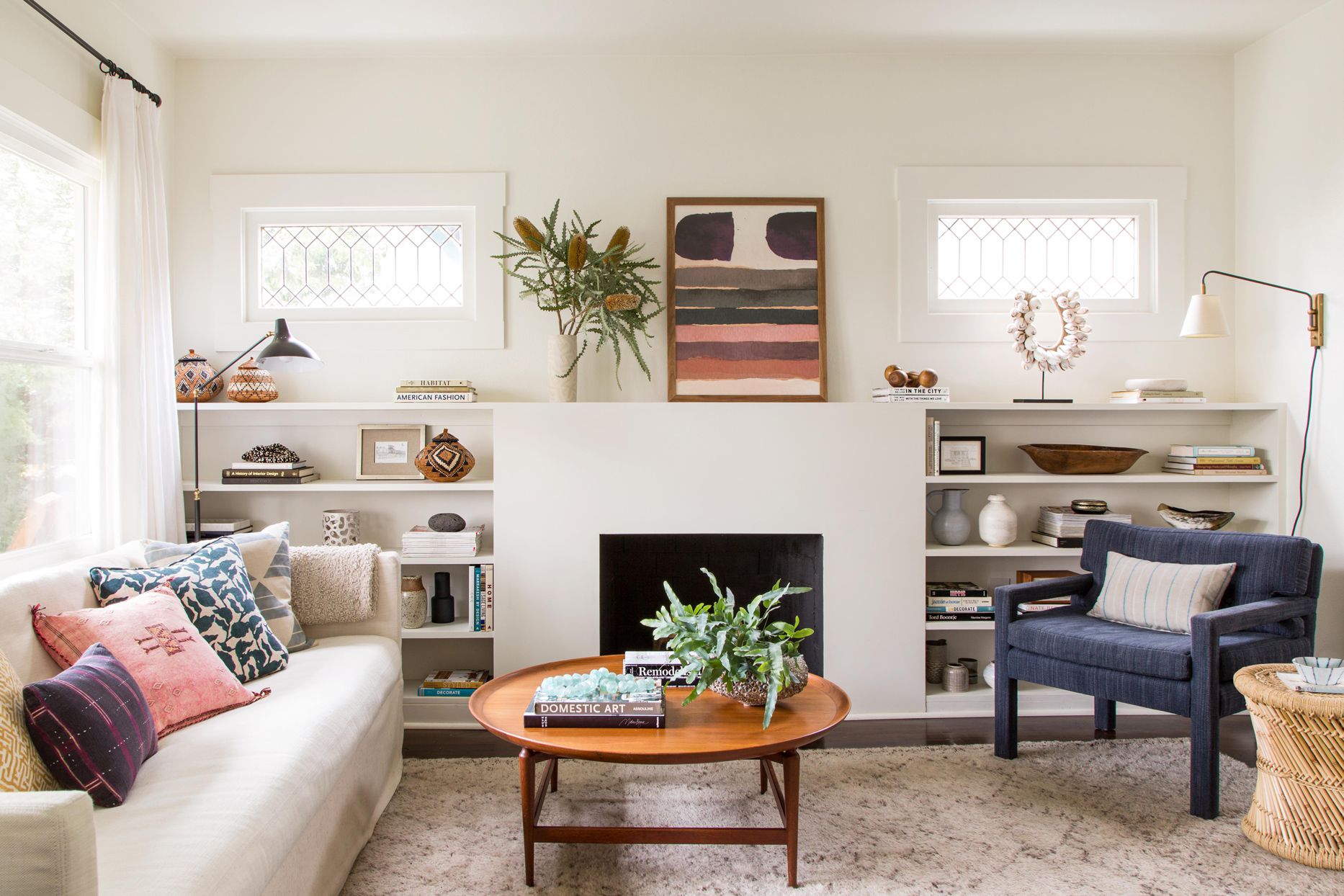
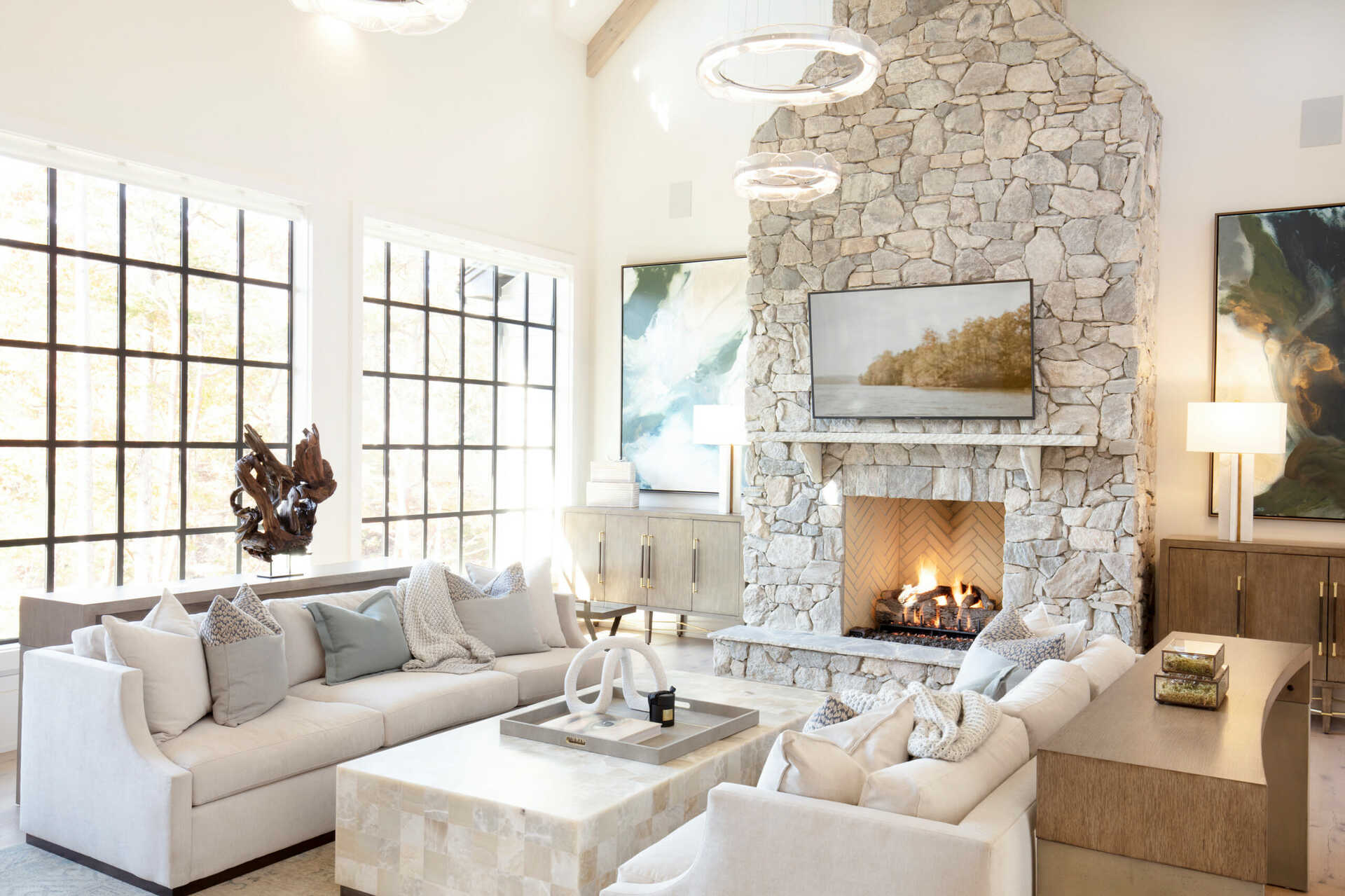
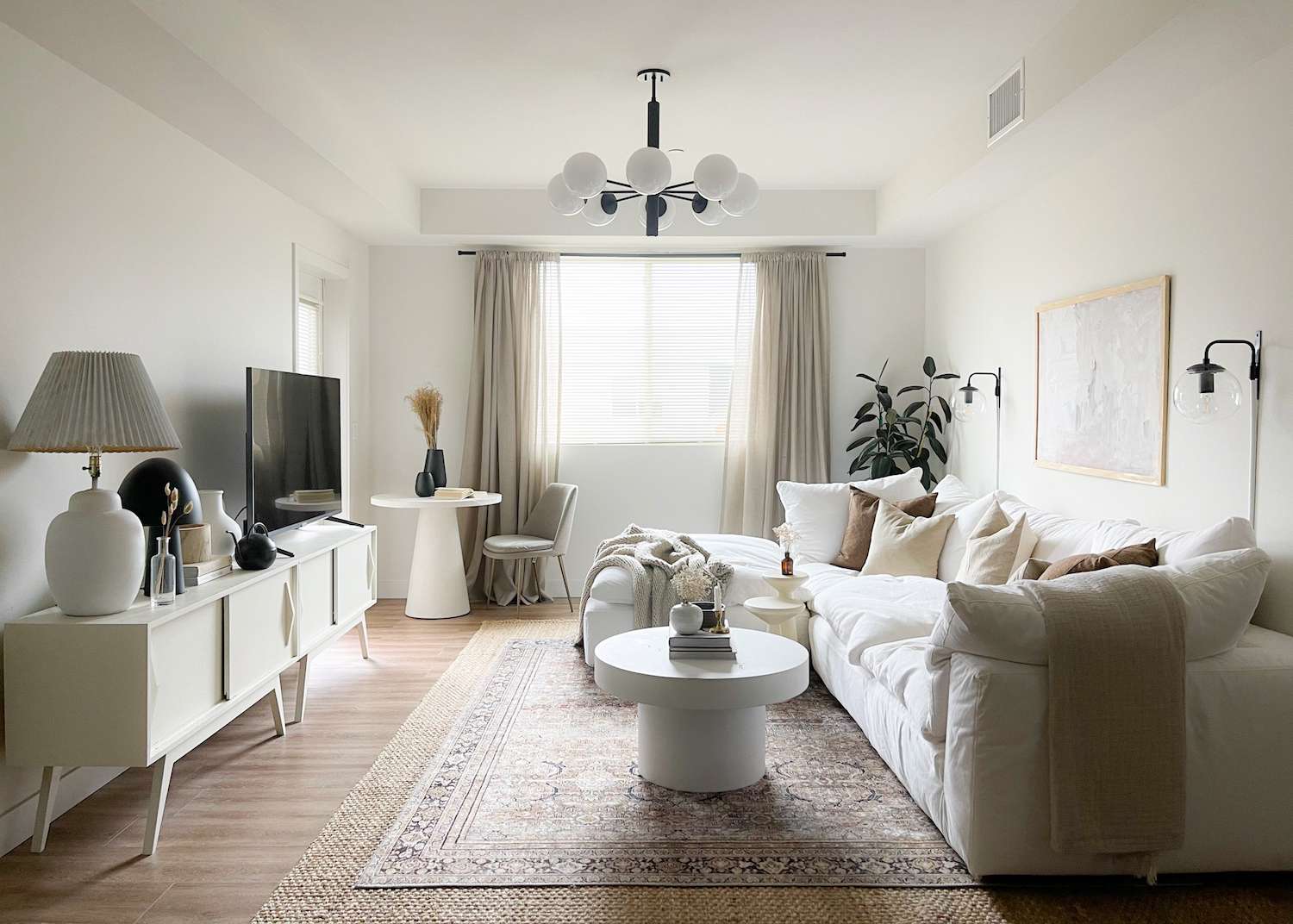
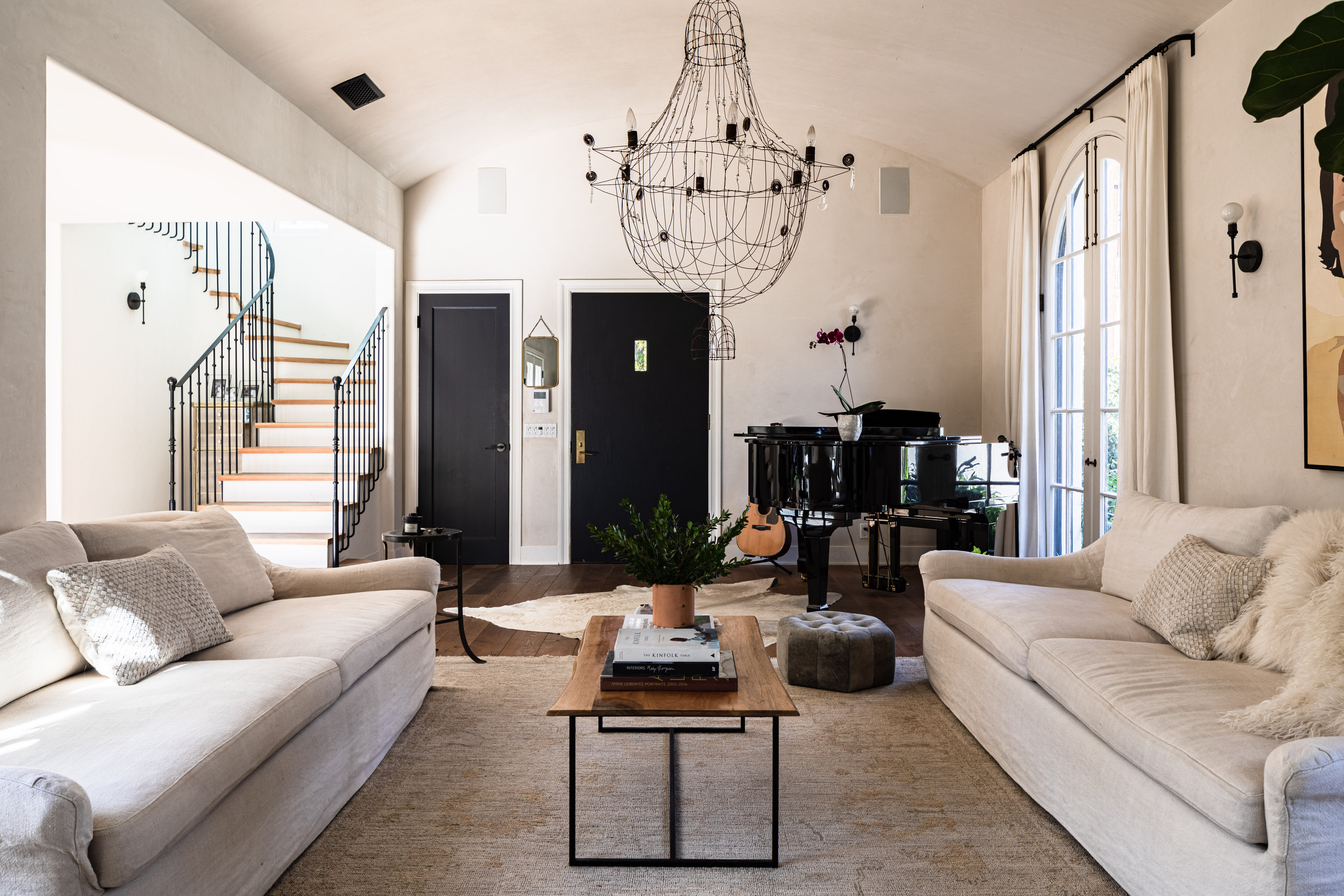
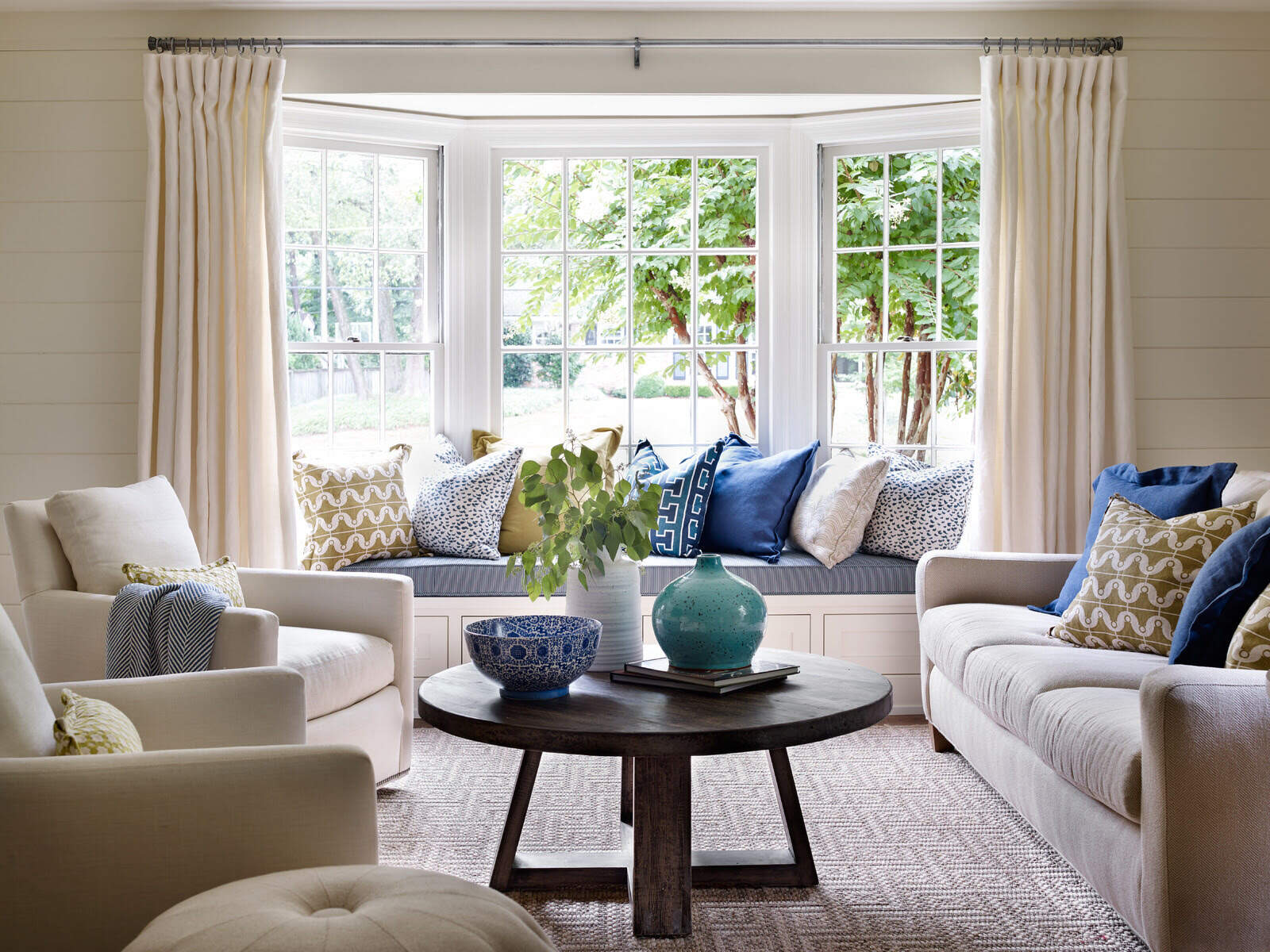
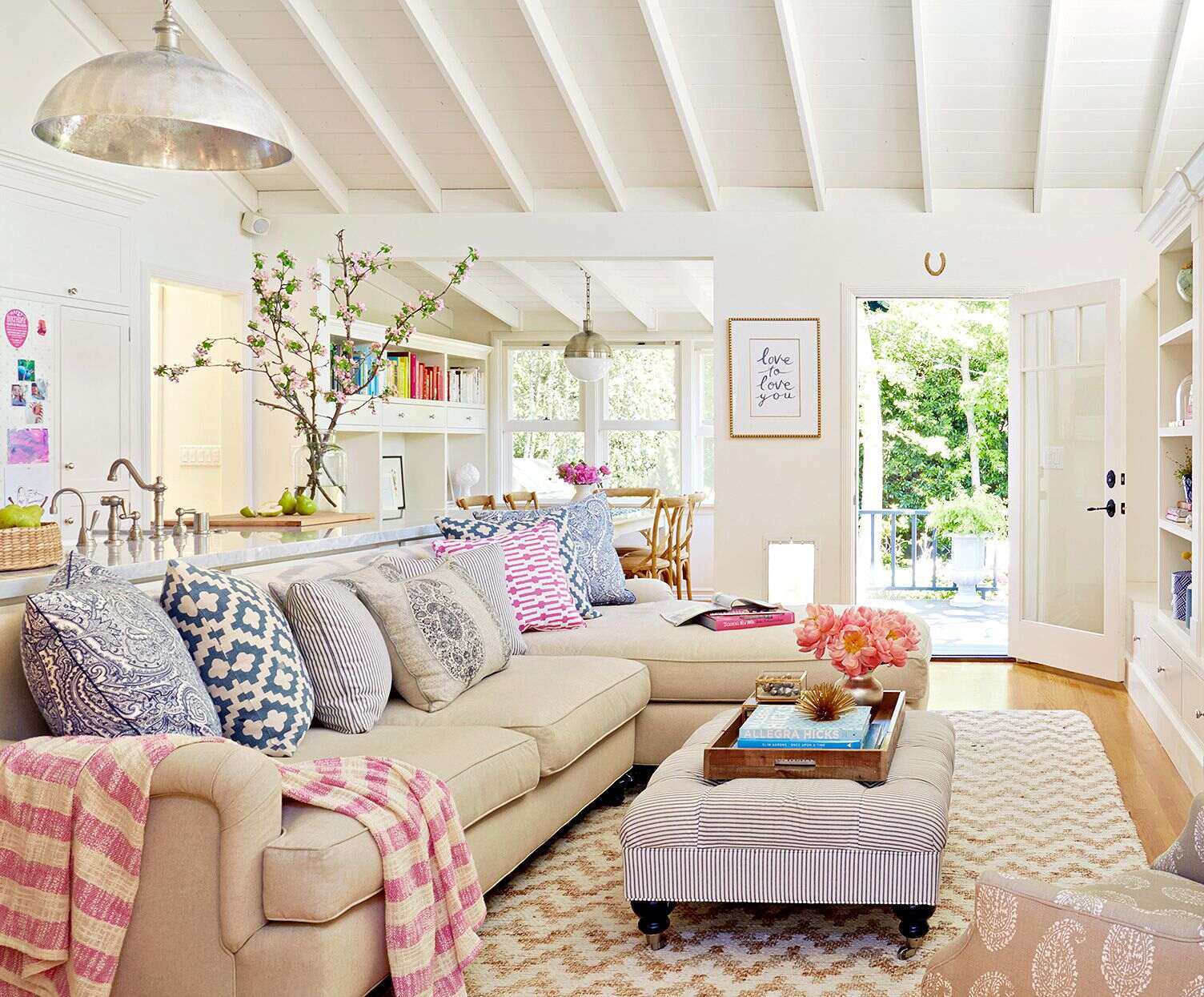
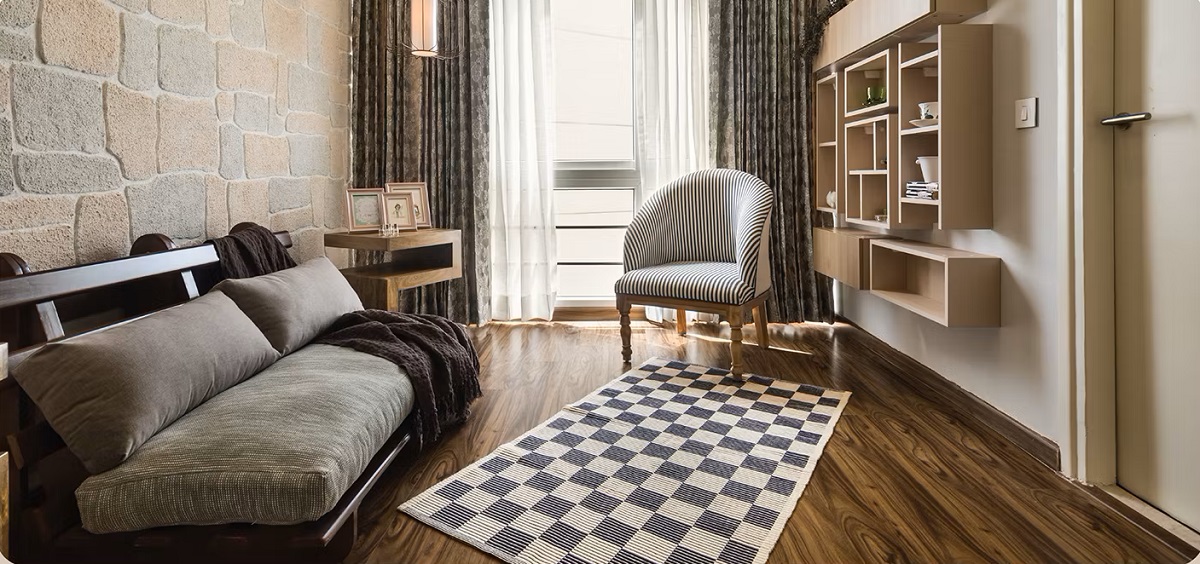
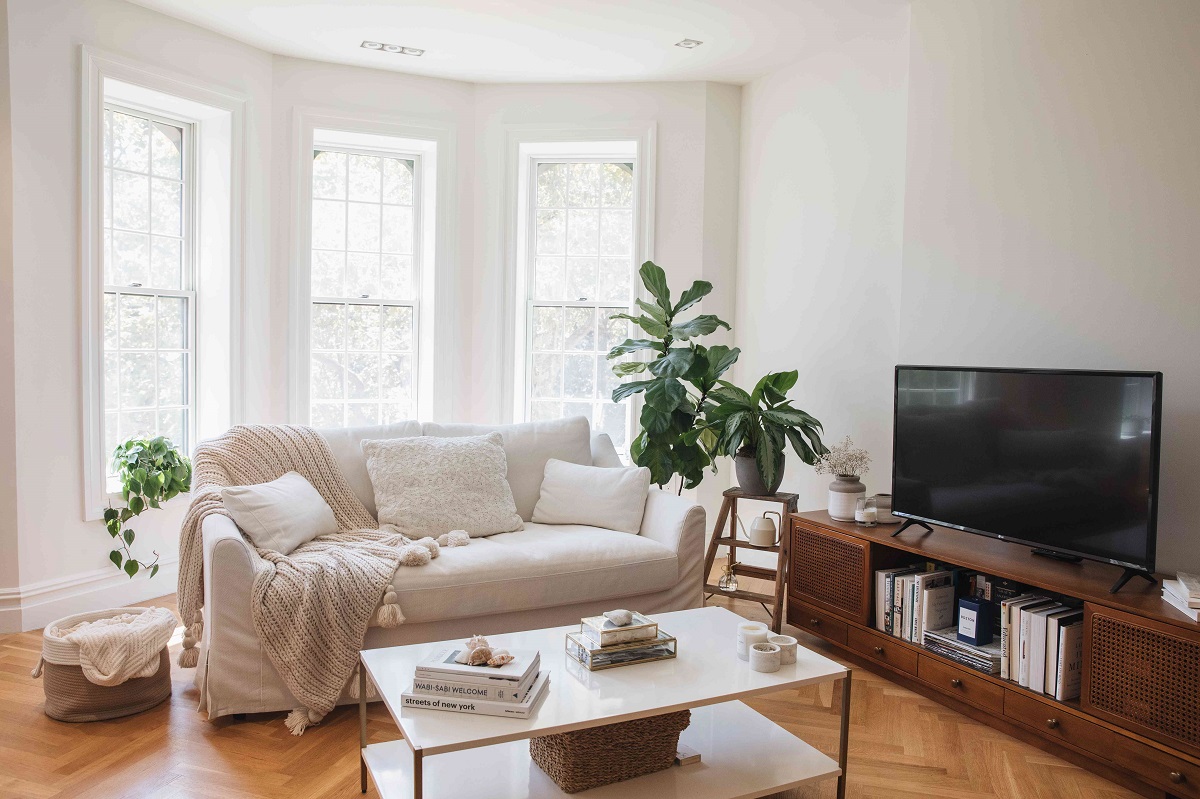
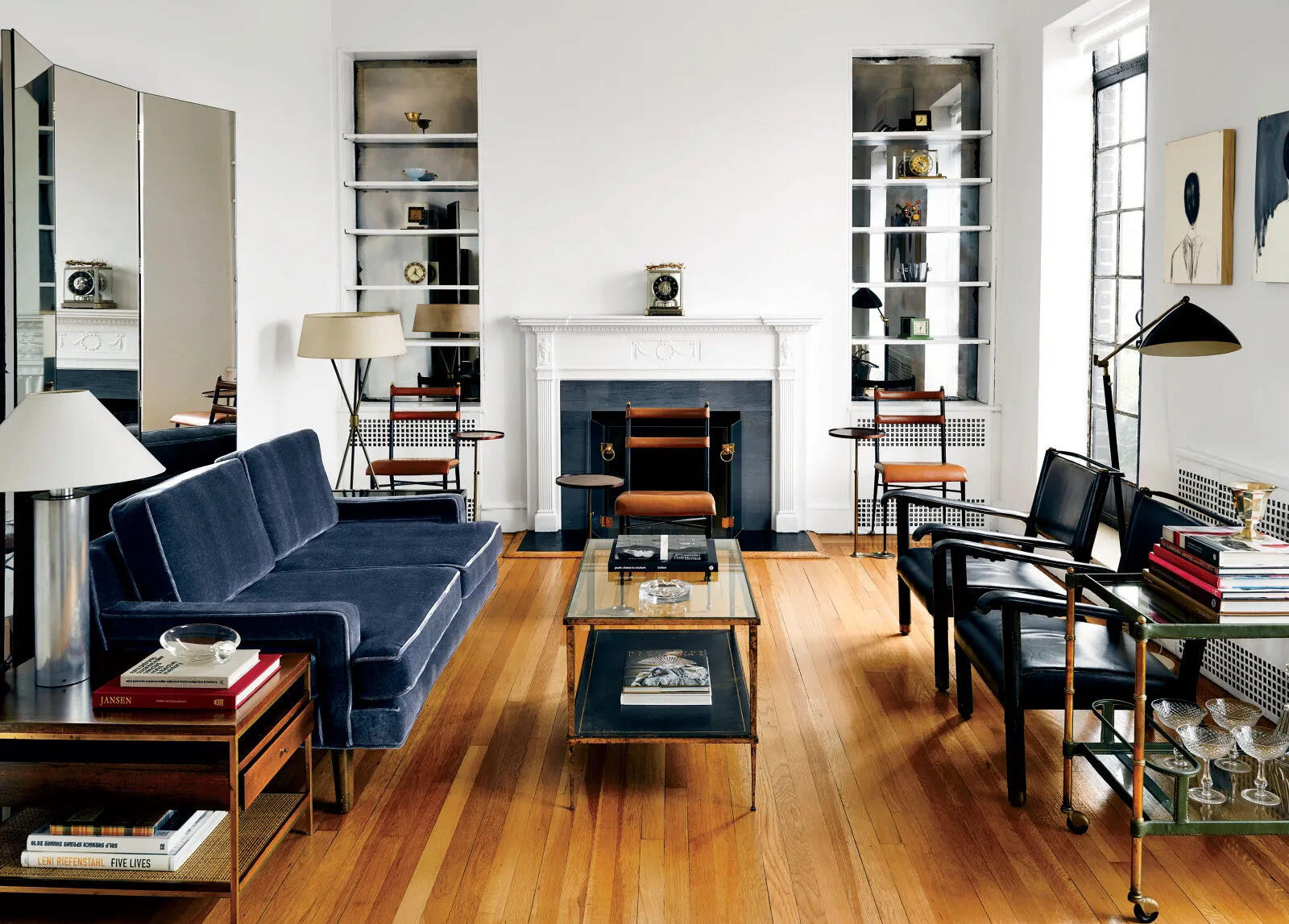
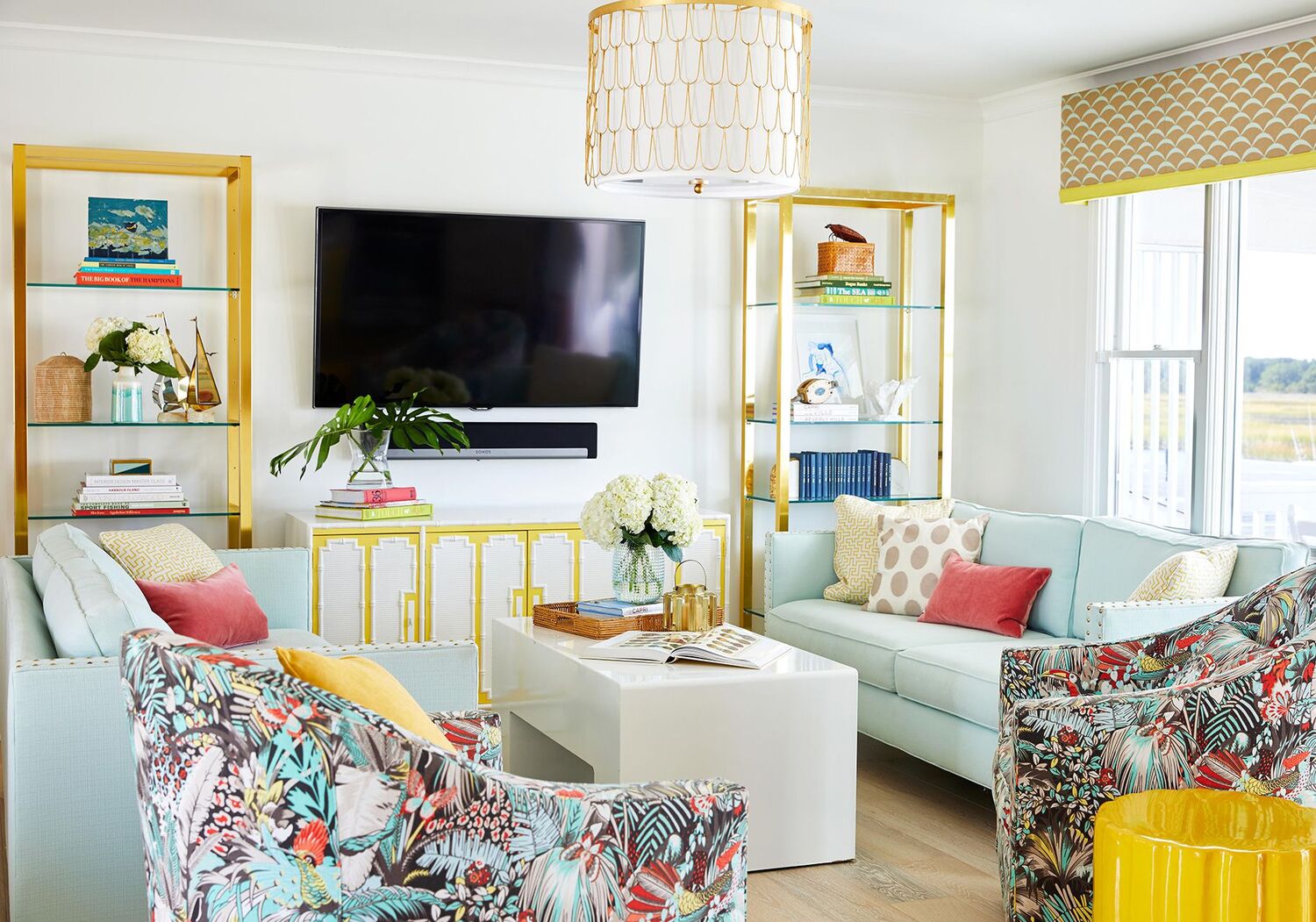
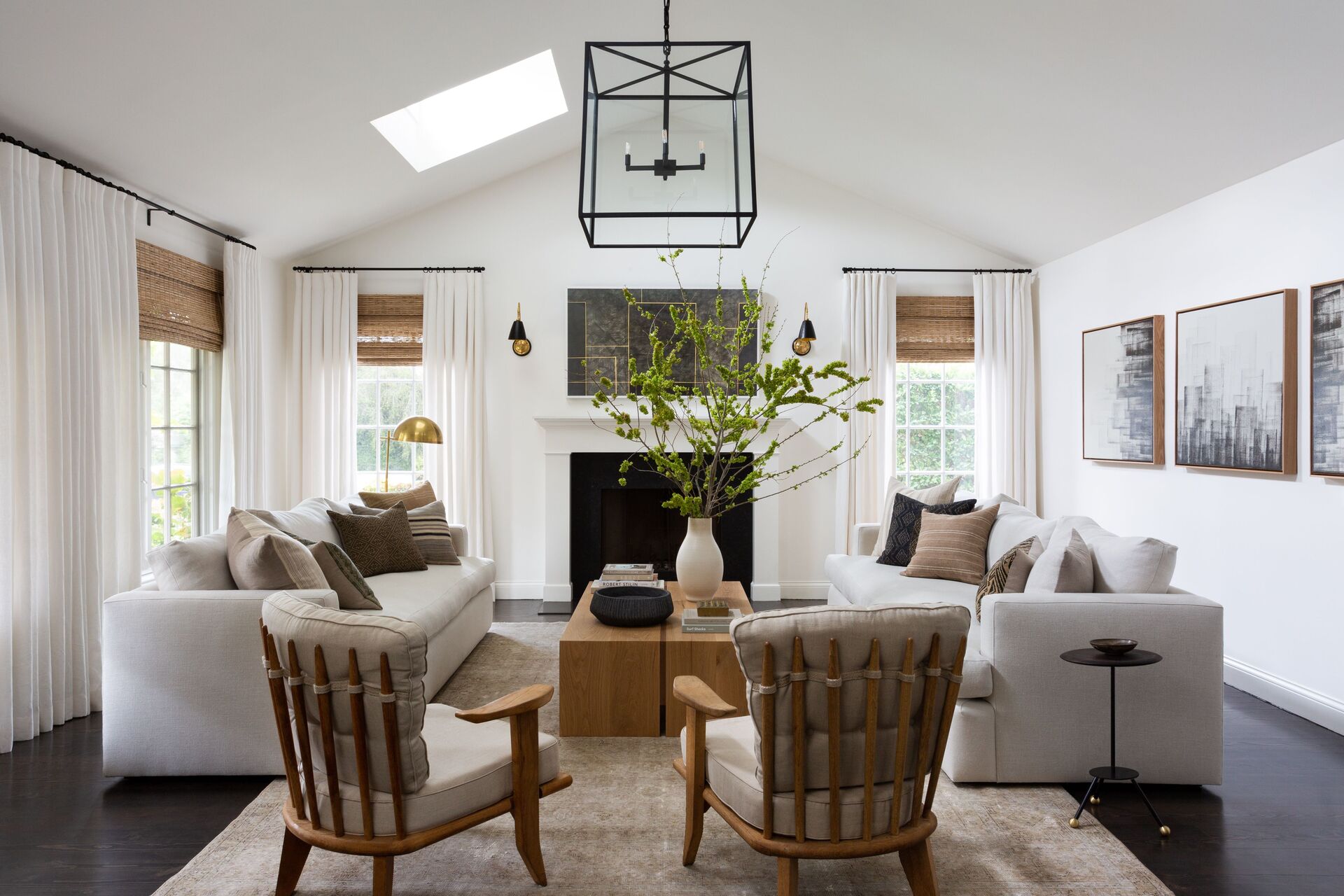
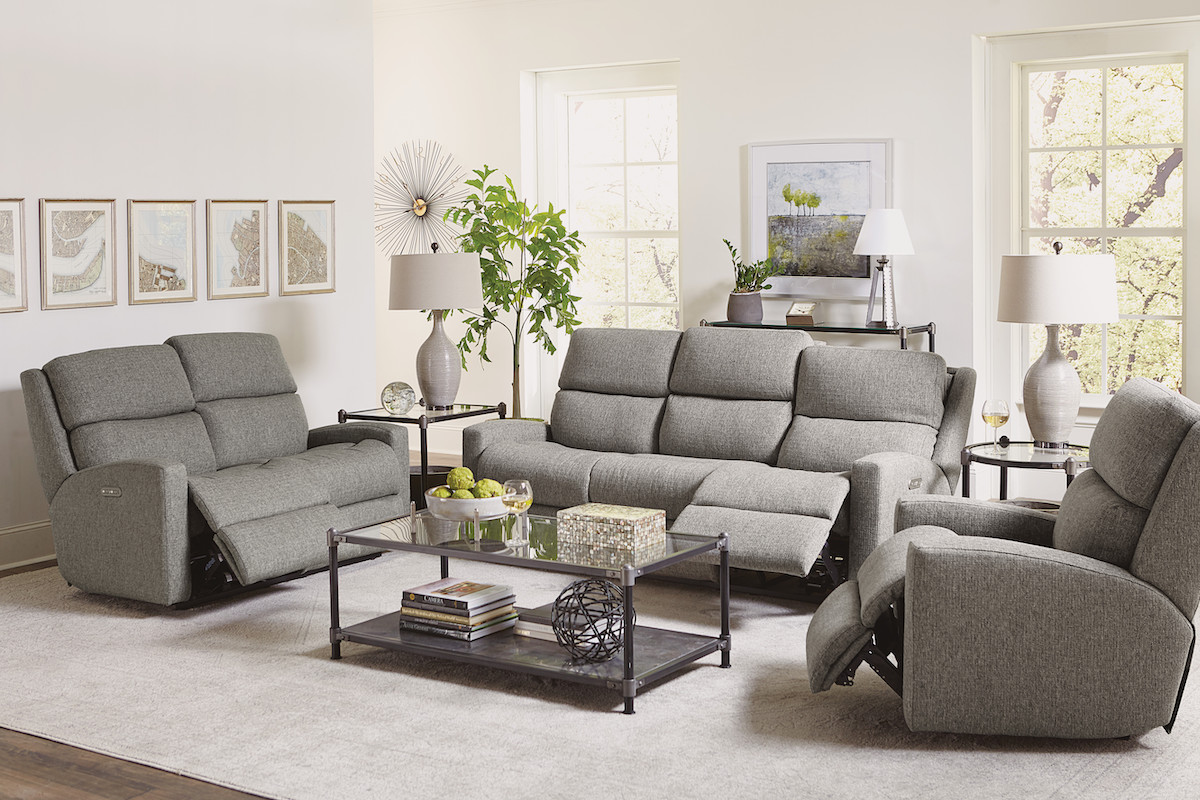
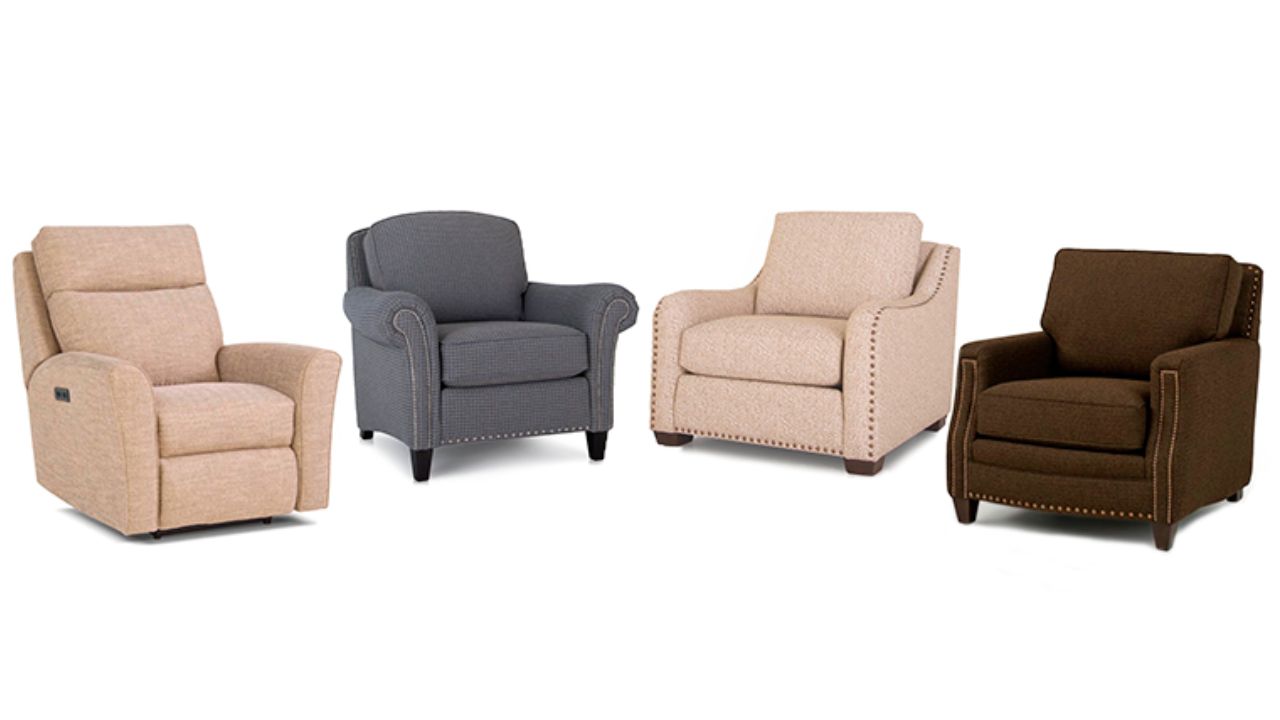

0 thoughts on “Arranging Living Room Furniture: 10 Rules To Follow”